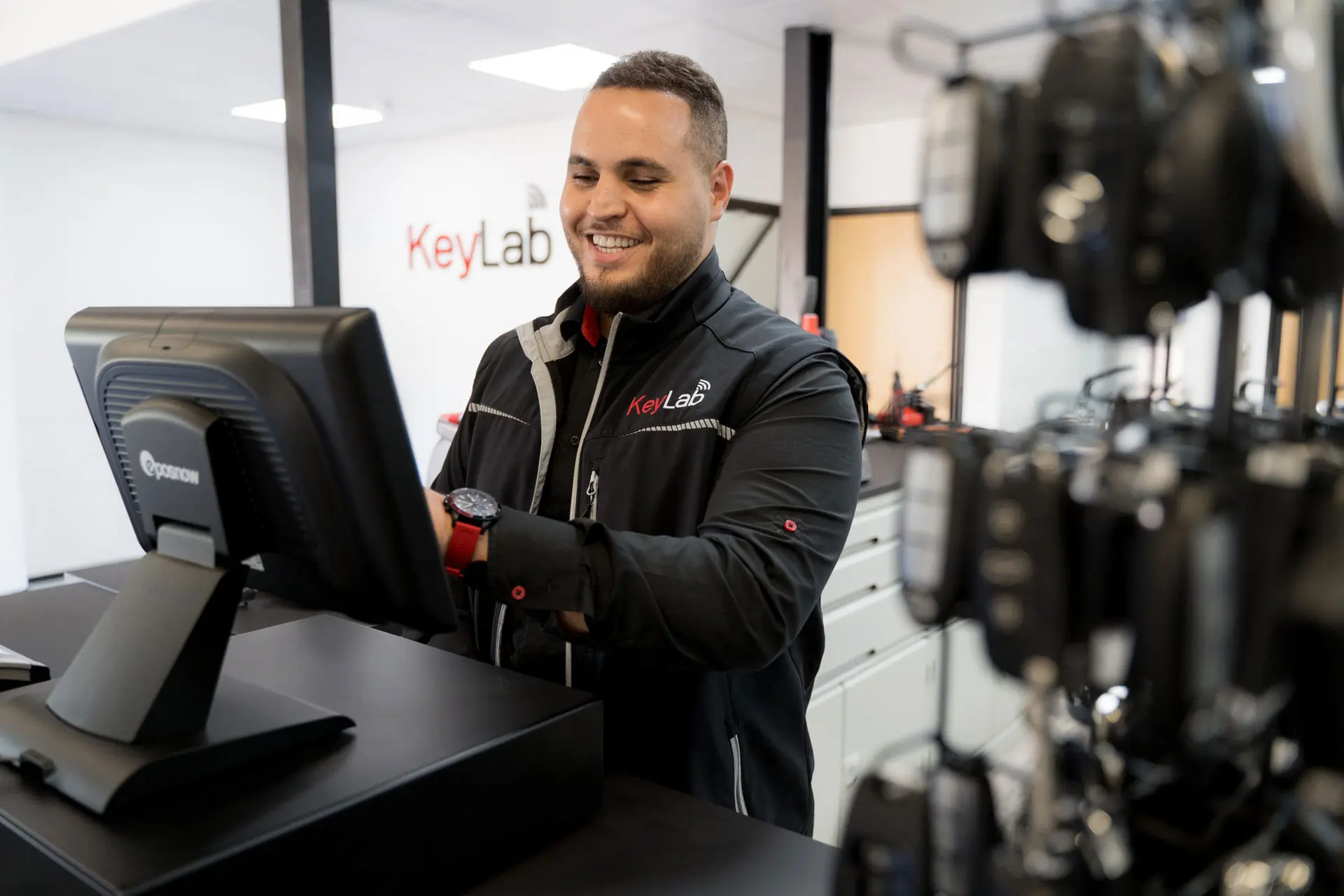
Door locks serve an essential purpose in securing homes and businesses. As the first line of defense against unauthorized entry, they require regular maintenance and occasional repairs. Understanding how to carry out basic door lock repairs can save homeowners time and money, while enhancing the overall security of their property. This article delves into various aspects of door lock repair (https://www.thekeylab.Co.uk/), offers practical solutions, and answers frequently asked questions.
Common Door Lock Problems
Door locks are susceptible to various issues over time. Recognizing these problems early on can help prevent further damage. Here are some common issues that homeowners might encounter:
- Sticking Lock: A lock that is hard to turn can be frustrating and may indicate internal rust or dirt accumulation.
- Key Won't Turn: A key that won’t turn in the lock can signify a misaligned bolt or internal mechanism malfunction.
- Broken Key: A broken key lodged in the lock can create an immediate barrier to entry.
- Lock Cylinder Problems: Damage to the lock cylinder can prevent the locking mechanism from functioning correctly.
- Loose Lock: A lock that is wobbly or unsteady can be a security risk.
Understanding these common issues is the first step in effectively addressing them.
Tools Required for Door Lock Repair
To successfully carry out door lock repairs, one needs the right tools. Below is a list of recommended tools that can assist in various repair scenarios:
- Screwdriver (Flathead and Phillips): Essential for unscrewing and reattaching lock components.
- Lubricant (Graphite or WD-40): Ideal for loosening stuck parts and ensuring smooth operation.
- Pliers: Useful for extracting broken keys or manipulating small parts.
- Drill: Needed if replacement screws or locks must be inserted.
- Replacement Hardware: Make sure to have extra screws, pins, or even a new lock if replacement is necessary.
Step-by-Step Guide to Common Door Lock Repairs
1. Fixing a Sticking Lock
A sticking lock can often be fixed simply by cleaning and lubricating it.
Steps:
- Remove the Lock: Unscrew the lock from the door, taking care not to damage surrounding areas.
- Clean the Interior: Use a soft cloth or brush to remove dirt and dust from the lock cylinder.
- Apply Lubricant: Insert a small amount of graphite lubricant into the lock and work the key in and out to distribute it evenly.
2. Addressing a Key That Won’t Turn
If a key won’t turn, the issue may be with the internal mechanism.
Steps:
- Check Alignment: Ensure that the door is not sagging and that the lock is aligned correctly with the strike plate.
- Lubricate: Apply lubricant to the keyhole.
- Check the Key: Examine the key for damage, as it may need to be straightened or replaced.
3. Removing a Broken Key
A broken key lodged in the lock can often be removed using pliers or a dedicated key extractor.
Steps:
- Apply Lubricant: Use lubricant on the key to reduce friction.
- Use Pliers: Gently grasp the broken part and pull it out.
- If Stuck, Use a Key Extractor: If the key remains stuck, a key extractor tool can help remove it without damaging the lock.
4. Repairing a Loose Lock
A loose lock may compromise security and is relatively easy to fix.
Steps:
- Tighten Screws: Check the screws on the lock and tighten them if loose.
- Replace Screws: If screws are stripped, replace them with new ones that fit securely.
- Realign the Lock: Ensure that the lock is properly aligned with the strike plate for effective closure.
5. Replacing the Lock Cylinder
If internal mechanisms are damaged beyond repair, consider replacing the lock cylinder.
Steps:
- Acquire a Replacement Lock: Ensure that the new lock matches the old one in size and function.
- Remove the Old Lock Cylinder: Follow the removal steps indicated in the instructions that came with the new lock.
- Install the New Cylinder: Insert the new cylinder into the door and secure it with screws.
Table: Troubleshooting Common Lock Issues
| Problem | Symptoms | Possible Solutions |
|---|---|---|
| Sticking Lock | Hard to turn the key | Clean and lubricate lock |
| Key Won't Turn | Key is stuck or won't move | Check alignment and lubricate |
| Broken Key | Part of the key is lodged | Extract using pliers or key extractor |
| Loose Lock | Wobbly or loose handle | Tighten screws or replace if damaged |
| Malfunctioning Cylinder | Difficulty in locking/unlocking | Replace the lock cylinder |
FAQs About Door Lock Repair
Q1: How often should I lubricate my door locks?
It is advisable to lubricate door locks at least once a year, or whenever they begin to show signs of stiffness.
Q2: Can I fix a lock myself, or should I hire a professional?
Many common lock issues can be fixed by homeowners with basic tools and knowledge. However, for complex problems or high-security locks, it is best to hire a professional locksmith.
Q3: What type of lubricant is best for door locks?
Graphite lubricant is often recommended because it does not attract dust and dirt. However, light oils like WD-40 can be used for temporary fixes.
Q4: How can I prevent my door lock from rusting?
To prevent rust, keep the lock clean, and apply a rust-resistant lubricant. Regular maintenance also helps keep moisture away.
Understanding door lock repair is crucial for maintaining home security. By familiarizing themselves with common issues and their solutions, homeowners can undertake simple repairs and possibly save on locksmith fees. Whether dealing with a sticking lock, a broken key, or a malfunctioning cylinder, the right tools and knowledge can empower individuals to ensure their locks function as intended. With regular maintenance and timely repairs, door locks can provide reliable security for years to come.





